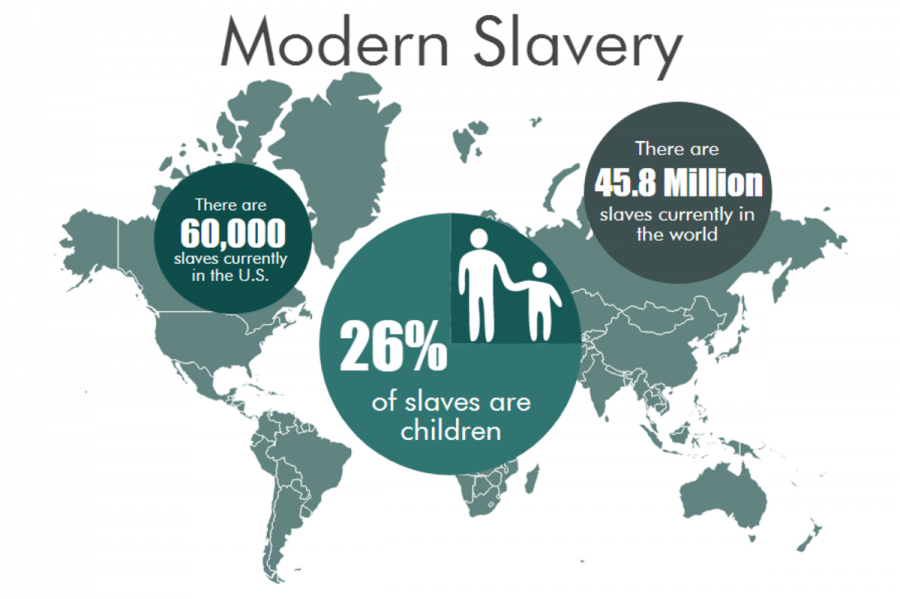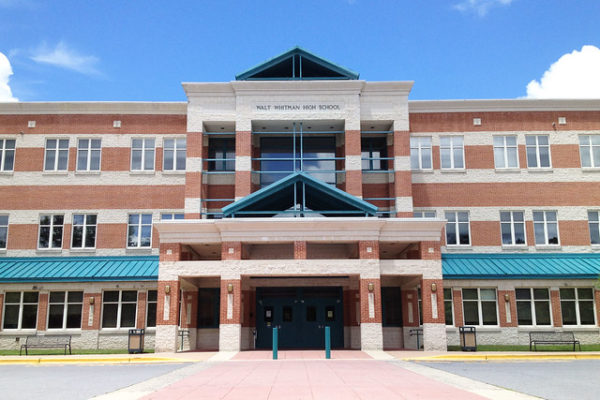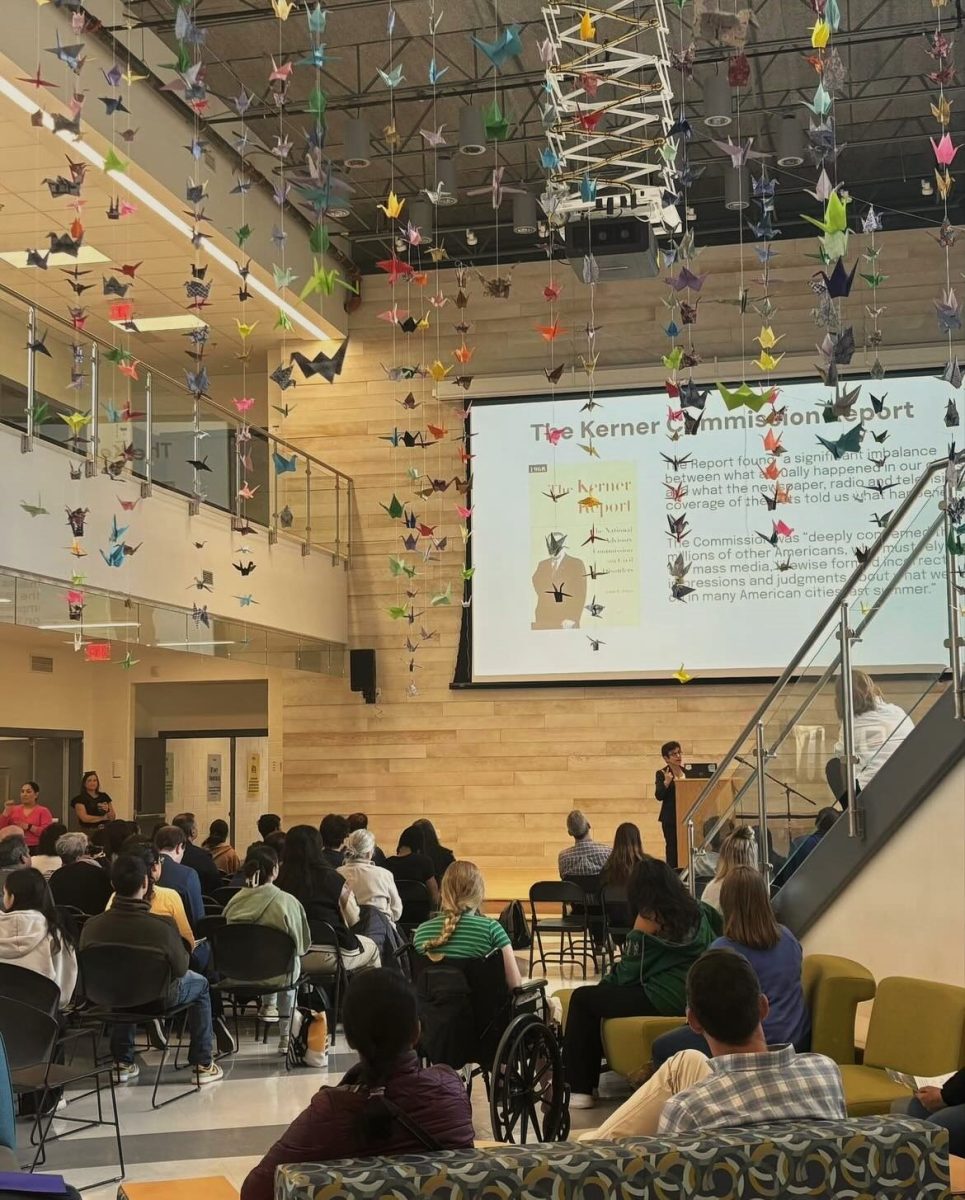Modern slavery must be acknowledged so it can be stopped
May 18, 2017
While scrolling through my Facebook feed last month, I encountered several videos of a clean-shaven Ashton Kutcher seated before a row of politicians. Intrigued at seeing the actor in such a serious setting, I watched as Kutcher delivered an impassioned testimony to the Senate Foreign Relations Committee about combatting human trafficking with technology.
His voice trembled as he described a video of a little girl, the same age as his young daughter, being raped by an American sex tourist in Cambodia. Kutcher’s stories of victims overwhelmed me, but at the same time, I also felt a surprising sense of hope hearing a public figure raise awareness about modern slavery.
While I’ve heard many people talk about slavery ending centuries ago, most aren’t aware that it still exists globally today. In fact, there are more slaves now than at any other point in human history; an estimated 45.8 million people are enslaved today, according to the Global Slavery Index 2016. Slavery is defined by the U.S. State Department as the act of forcing someone to engage involuntarily in labor or commercial sex; other forms of slavery include, yet are not limited to, domestic servitude (typically maids), child labor and forced marriages. With millions suffering under the many forms of slavery, it’s imperative that more people like Kutcher publicly advocate for them.
People need to know that although society appears to have progressed significantly since the 1800s, today a human life is cheaper than taking an AP Exam or buying a bicycle.
Human trafficking is the fastest growing, and second largest, criminal industry in the world, according to several states’ U.S. Department of Justice information pages on human trafficking. About 60,000 people are enslaved in the United States according to Maryland’s Human Trafficking Task Force which calls Maryland a “hotspot” and “goldmine” for traffickers travelling along the East Coast. A heat map in the 2016 Maryland State Report provided by the National Human Trafficking Hotline (NHTH) indicated that cities within Maryland, Virginia and surrounding areas have some of the greatest numbers of human trafficking cases reported. Interstate 95, the route typically used by Washingtonians to drive up and down the East Coast, is also a common highway used by traffickers traveling between major cities. Seventy percent of the country’s human trafficking cases occur at a truck stop, according to NHTH.
At the beginning of the year I started Students Ending Slavery, a student chapter of the national organization Free the Slaves. Raising awareness through sharing stories of victims of slavery like Kutcher did is part of the club’s goal. Fellow teenagers should be aware that girls our age and younger are stuck in slavery—26 percent of slaves are under 18. My peers should know that the average cost for a slave is $90. People need to know that although society appears to have progressed significantly since the 1800s, today a human life is cheaper than taking an AP Exam or buying a bicycle.
While Kutcher’s testimony was just one move to raise awareness, his efforts are essential in eliminating the misconception that slavery is a thing of the past. For the 45.8 million men, women, boys and girls trapped in its shackles, slavery is still a seemingly unchallenged force that destroys families and denies freedoms every day around the world.









